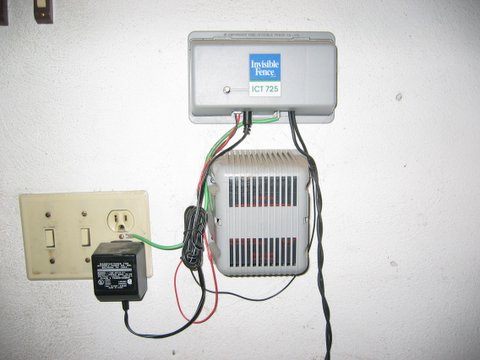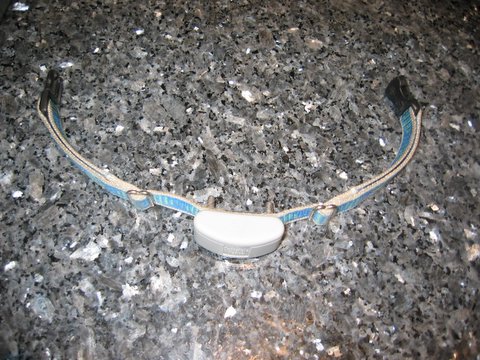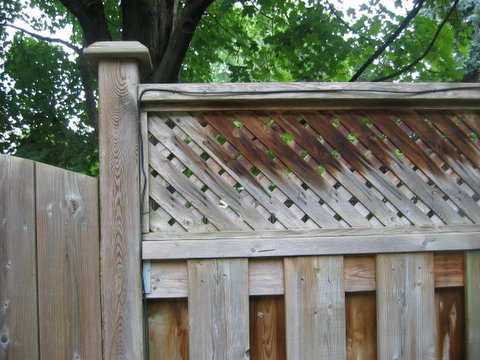The Sales Call
Meeting the Invisible Fence dealer
We called our local Invisible Fence dealer the very next day, and he quickly arranged a meeting at our house to meet the dogs and assess the situation. (This particular dealer also sold inground sprinkler systems, but on this visit he was wearing his Invisible Fence hat.)
When Don arrived, he sat down with us and explained how hidden fence systems generally worked and what the specific advantages of the Invisible Fence brand pet containment system were. The system has three parts to it:
- a computerized control module,
- a buried wire (the hidden fence), and
- a special dog collar.
The system was fairly expensive in our case because we needed two dog collars, but we went ahead and ordered the system. We needed to keep our dogs safe, after all. We also opted for a second, standalone control module to keep the dogs out of our living room (more on that later).

The Invisible Fence computerized control module

The Invisible Fence dog collar

The hidden fence wire, exposed on a conventional fence
Installation of the wire was included in the price, but our situation was a bit different than most of Don's customers. Normally, people have the wire buried along their property line, hence the "hidden fence" moniker. We already had a wooden fence, however, and so the dealer would simply run most of the the wire along the bottom of the fence instead of burying it in the ground.
After the installation, Don would show us how to train the dogs. A training video and some training flags were also included in the overall price.
The only ongoing costs would be the replacement batteries for the dog collars, which the dealer recommended we change every three to four months.
